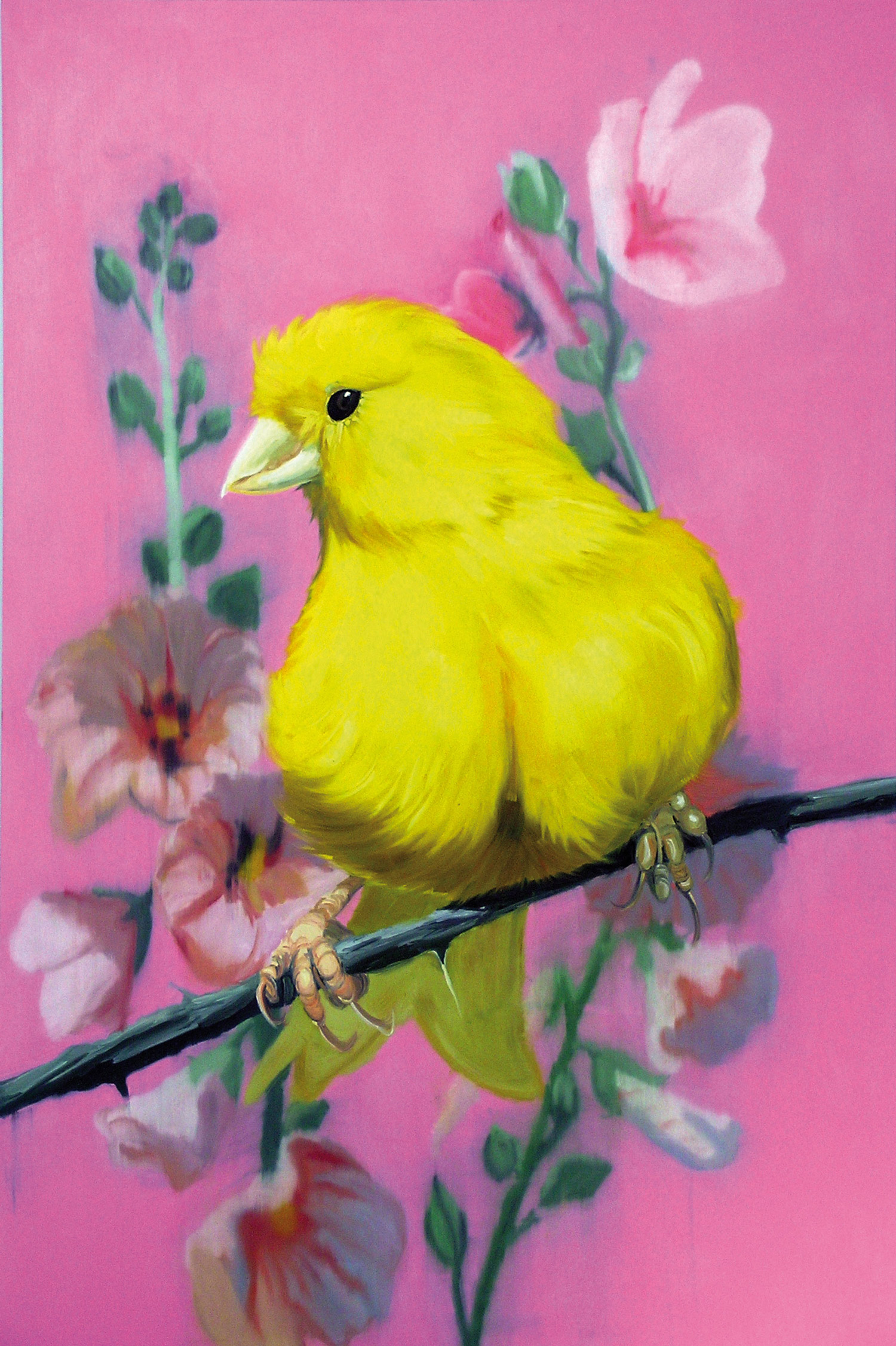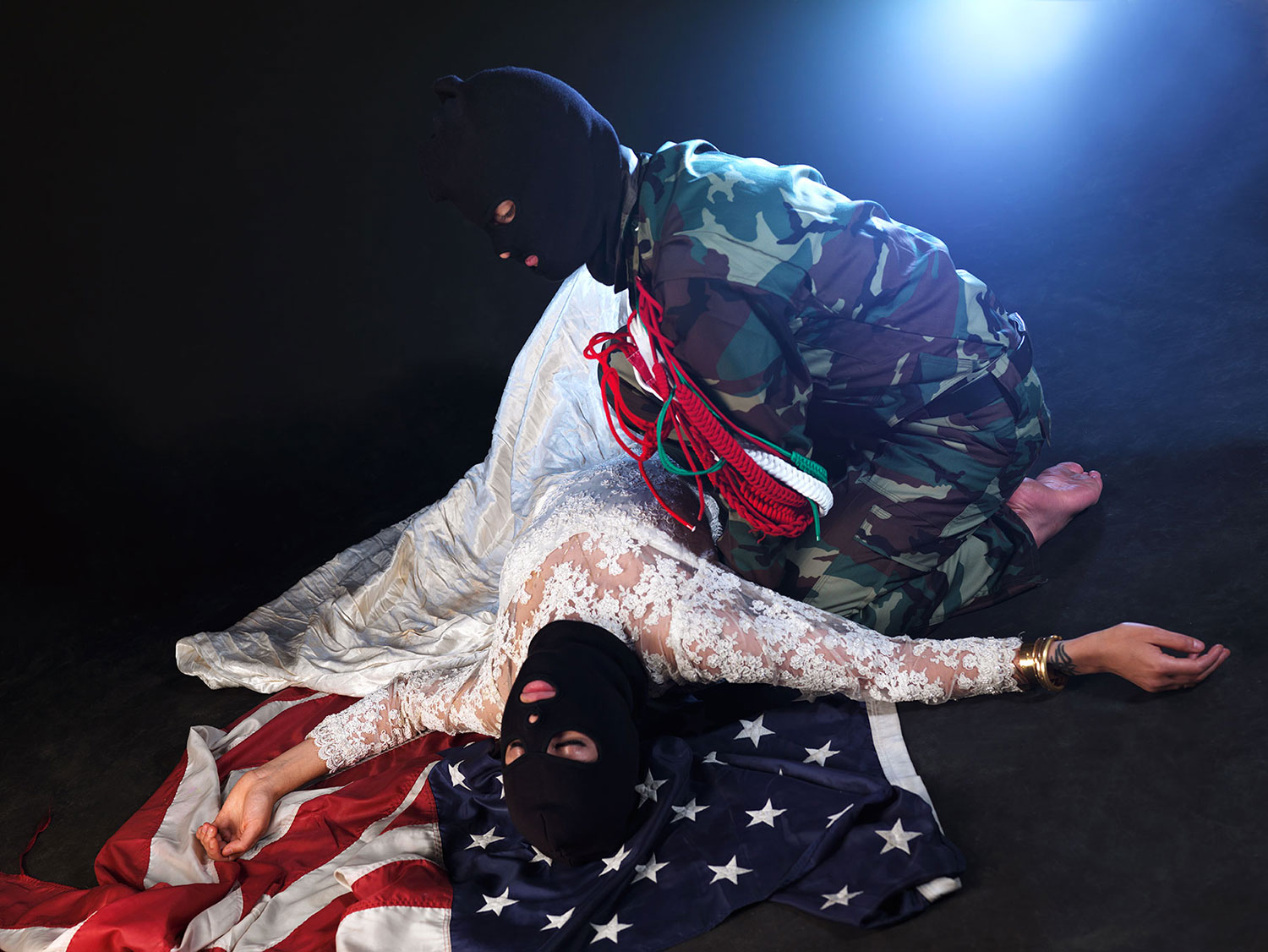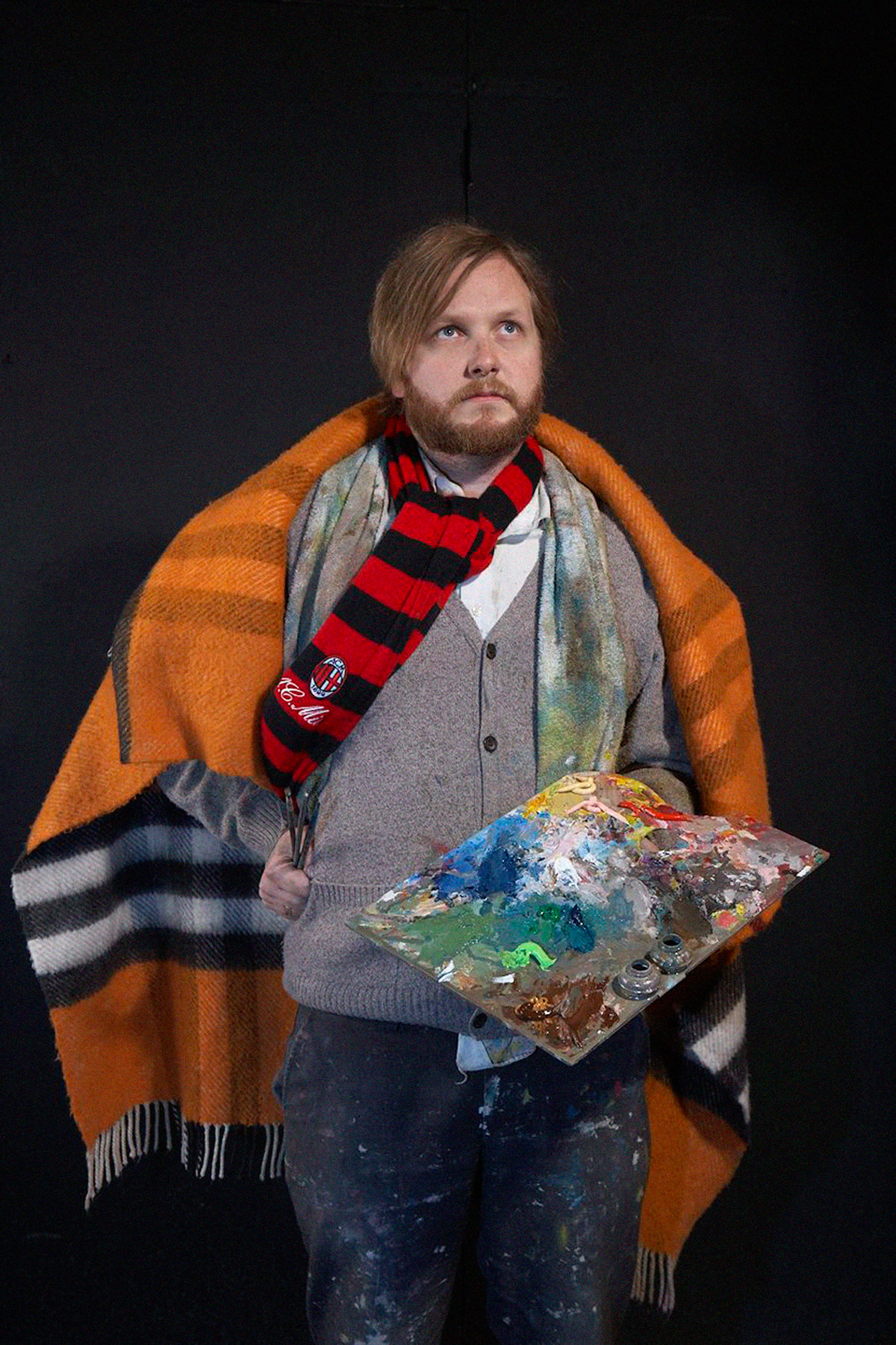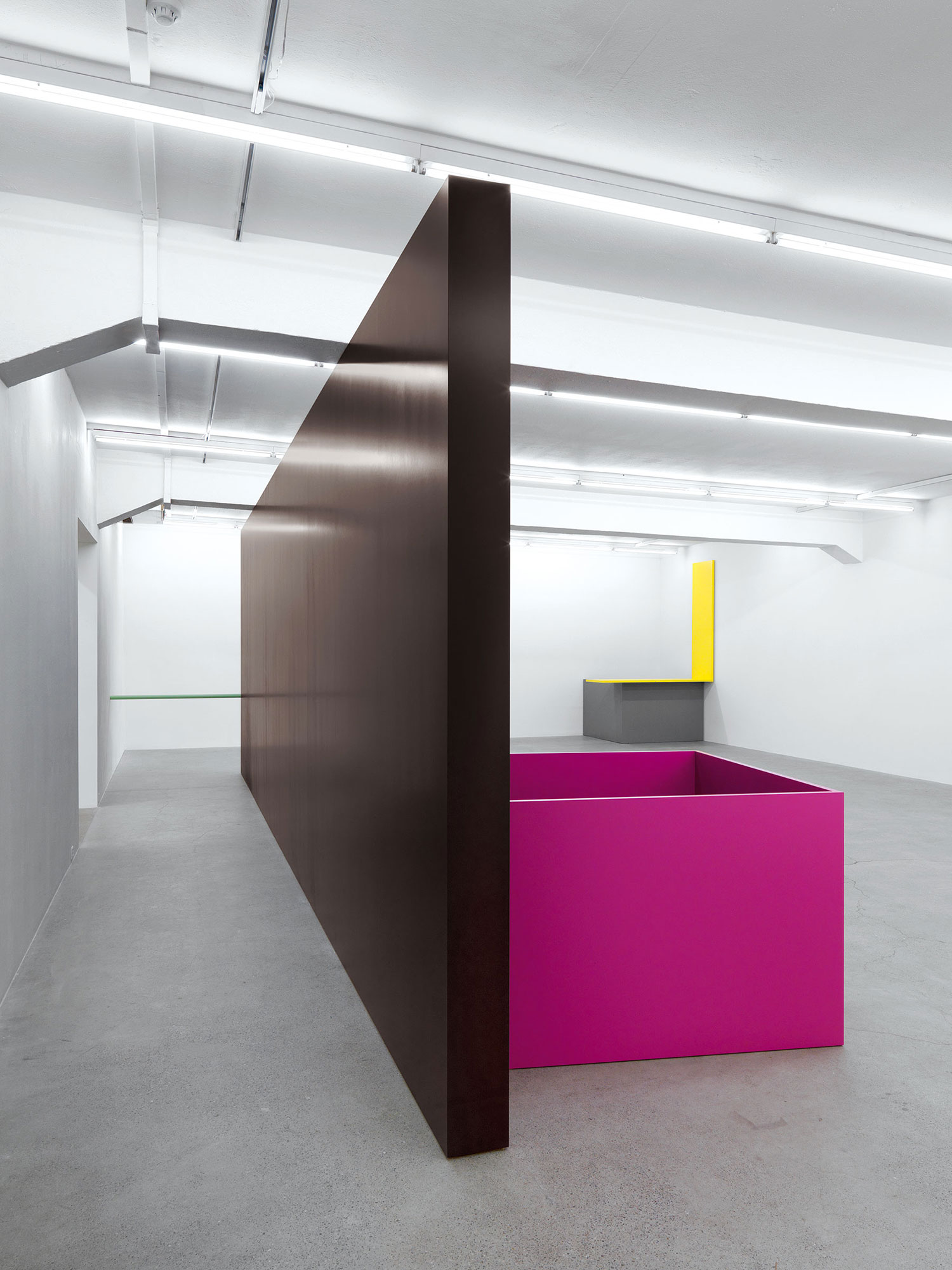
Nicola Trezzi: Your work develops on two basic levels. Your pieces are individually striking and beckon questions. Once one begins to ask, responses come from another, non-material level.
Amir Mogharabi: I think that when Henry Flynt stated “material is the concept” — considering Flynt’s simultaneous reputability within, and refutation of, the tenets of closed philosophical systems — he meant the opposite of what we call ‘concept.’ That is — linked to his notion of ‘concept art’ (surprisingly overlooked by a recent issue of F.R. David) — the concept-in-itself: the concept that cannot be spoken, or grasped rationally.
I have an intuitive relationship to materials, scenarios, settings and arrangements, which, from a sincere perspective, I refuse to reason into existence. Instead, with the faith of a blind man, I make what I feel fits an ineffable dialogue that, indeed, exists on a plane that cannot be captured, exchanged or reproduced. Concepts therefore are not defined, but experienced on behalf of a system referring to itself and its own open-endedness.
NT: You are in the process of publishing the first of four books to be carried by the New Museum and Palais de Tokyo. Can you tell me a little bit more?
AM: The books, commencing with The Equivalence of the Dissimilar, follow my performance, painting and installation practice. The final book, Dissimilar the of Equivalence The, takes as its title the reversal of the first text, giving a literal and figurative shape to what I call ‘retroactive reasoning.’
A lot of what I do is premised on reversing the order that reason imposes onto nature; and allowing the ambiguity of forms that are more-human-than-human, to complete or fragment what has decisively hollowed art of its potential to create anything anew.

NT: You use materials like ‘liquid-morphine’ in many of your paintings. Why is that?
AM: At the time of “Interior,” my exhibition in Rome, I was fascinated with the bust of an anonymous woman, whose gaze was fixed on the interior of the space. I determinately avoided discovering her origin. The impetus for my production came precisely from what I did not know about her.
A close friend visited me during the installation and brought liquid-morphine as a present. One of the three books I had with me was Wilhelm Jensen’s Gradiva. Freud psychoanalyzed Gradiva as a case study, and also overdosed on liquid-morphine. The (co) coincidence, much like others resulting from my process, took on a formal role in my production, and liquid-morphine is now an ongoing element used to mix my paints.
NT: Tell me more about the concept of ‘lying’ related to your practice.
AM: I consider a lot of work that is reasoned into existence to be a lie, or an error, on which we have premised truth. Much like a triangle, or the word triangle for example. As for how lying plays into my over-arching practice, I cannot say, because it would become merely a fiction.





